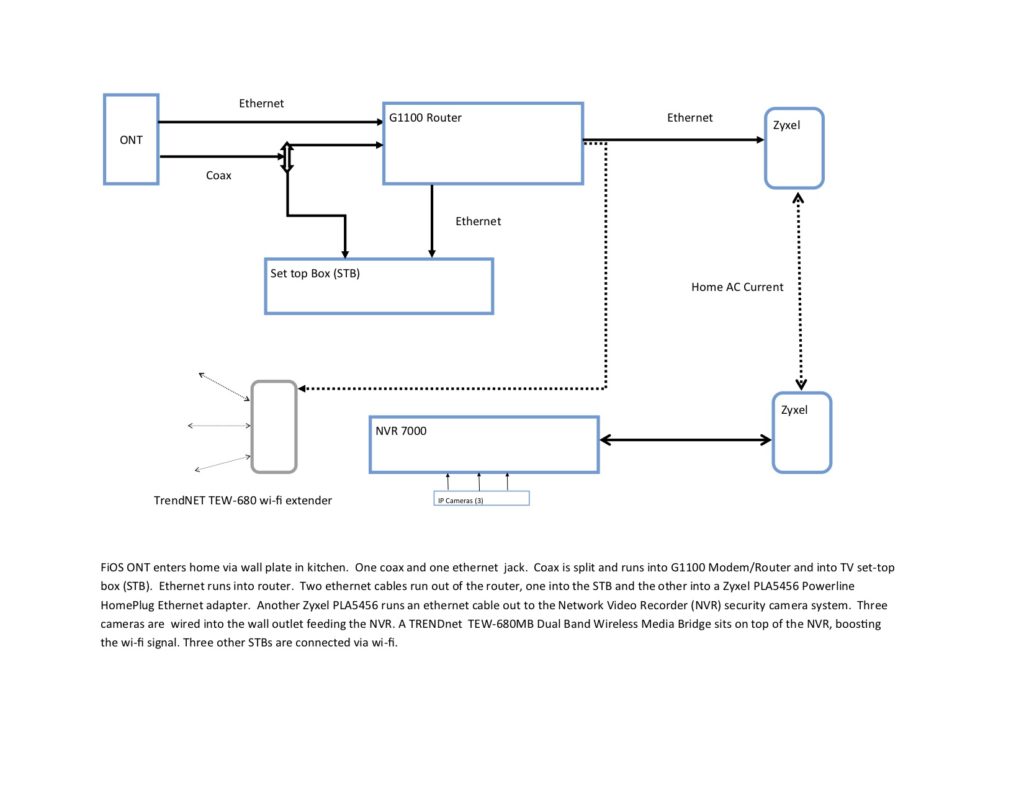
I’m not sure why it set me off, but on one run I twice saw the American flag being disrespected. I confess to posting on NextDoor.com last year much of my same agitation over a display of this sort, but here I was (am?) in a location far away from home.
Realizing there is precious little I can do about this, I still felt compelled to do something. Knowing nothing about building ownership and/or management, or the companies (yes both of these were business sites) involved, I reached out to the local media with a letter to the editor. I was polite, and mentioned that as an out-of-town visitor, I was disheartened to see blatant disrespect for the flag being shown in public.
Wait a minute. What disrespect? Having flown the flag at home, I learned about the proper etiquette for displaying the flag, and since I didn’t have 24 hour lighting, I would raise and lower the flag each day, fly it at half staff when appropriate, and would replace it when it got worn. There are laws on the books (4 USC § 1, 36 USC §173-174) that specify how and when the flag should be treated, and even though these laws are mostly pro forma, I use them as my guidelines (as well as to stay legal, in case another busybody like me gets in a snit).
Applying a little research, I found the contact information for the companies I identified as the likely “perpetrators,” and sent them very polite emails. I mentioned I was an out-of-town traveler, and that the display of flags in serious disrepair was likely an oversight, but that I felt it sent a poor impression to travelers like me.
I did receive one reply, thanking me, and saying they would locate the building management and pass on my message. From the appearance of their web page, they seem to be socially conscientious, so their response was in line with that impression. I have not heard from the second.
So, I will likely never see the results of my very modest (but polite) snit. But I feel good about acting upon it rather than just shrug my shoulders, as apparently so many have.




















